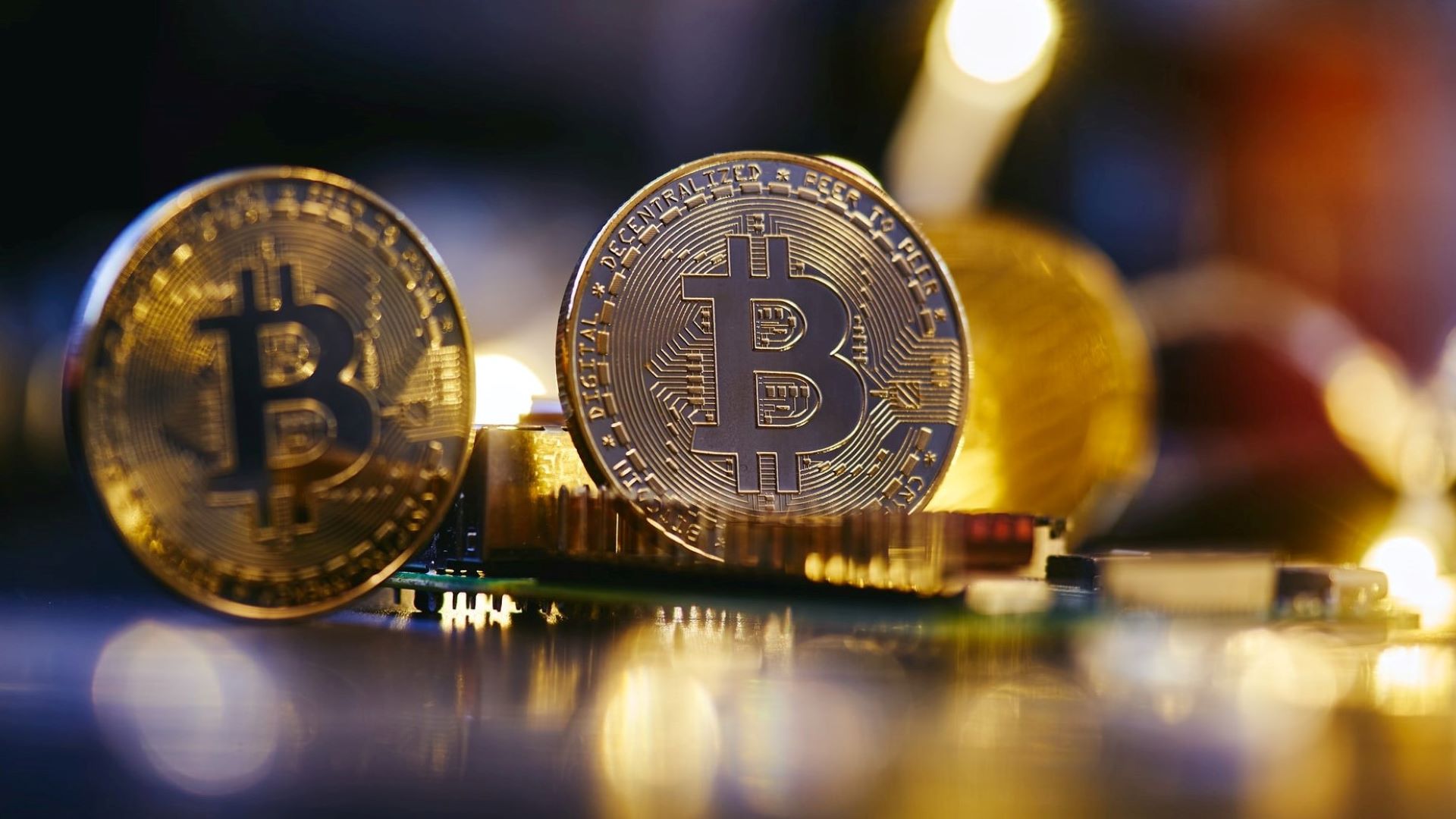Bitcoin, a highly innovative, completely decentralized peer-to-peer digital currency, has seen an exponential rise in prominence and usership since its inception in 2009. Owing to its wide variety of uses, it enjoys unique advantages over both fiat currency and commodities.
However, in recent years, while Bitcoin has become increasingly popular, it has also gained many detractors. One of the charges leveled against Bitcoin is that it has a substantial negative environmental impact. But this charge is simply exaggerated at best, and downright false at worst.
Aside from relying on, let’s say controversial, data, the question of negative impact is relative to positive impact, a phenomenon that doesn’t grab as many headlines.
The many ways in which Bitcoin can be part of the future of clean energy are often overlooked, and when it comes to Bitcoin’s energy usage, the picture isn’t nearly as negative as the media makes out.
Money requires energy
There is no question Bitcoin requires a lot of energy and computing power to operate, but its detractors are entirely missing the point. Money, or pretty much anything in this world, inevitably requires energy, and a sound monetary system is eminently worth investing resources to protect.
Money, the primary means by which we store and transmit value, has a longstanding link to energy. Indeed, many items used as early forms of money existed as unforgeable physical evidence of the expenditure of time and energy required to create them.
This is similar to how commodities such as gold are used as stores of value in modern times, due to relative scarcity and the energy involved in mining. In these monetary systems, the value expended is proportionate to the value people get from using it.
Bitcoin follows a concept similar to this, but with one very important difference — a finite supply. As with any sound store of value, Bitcoin serves as a proof of work, but while gold is extracted from the earth, Bitcoin is a proof of digital work carried out by specialized software.
This contrasts significantly with fiat money, which is merely printed as and when governments please, without proof of work to back it up. Lacking scarcity, fiat money is subject to inflation, which acts as a stealth tax on people’s savings. At present, given the high inflation rates, it makes sense that more and more people are looking to alternatives such as Bitcoin.
Bitcoin mining incentivizes energy efficiency
As with traditional mining, Bitcoin mining is a costly operation. While there is certainly a reward for miners, this comes at a price. The cost of mining Bitcoin varies significantly from place to place, depending on the cost of electricity.
Consequently, Bitcoin miners have a clear profit incentive to use energy efficiently and sparingly. They also have an incentive to conduct their operations in countries or regions with optimal infrastructure and cheap energy, which is often renewable energy.
Bitcoin’s potential for innovation in terms of optimizing energy efficiency is a factor that has been overlooked by the studies preferred by those determined to vilify Bitcoin as an enemy of the environment. In recent years, the percentage of the Bitcoin industry running on renewable energy continues to increase, standing at around 58.5 percent in late 2021.
The U.S. dollar has a far larger carbon footprint
In stark contrast to Bitcoin miners, the fiat monetary system has no such incentives to optimize efficiency. This is particularly true of the U.S. dollar, which, after having its link to gold severed by President Nixon in 1971, subsequently became heavily linked to the global oil industry.
Starting with Saudi Arabia following negotiations in 1974, OPEC nations agreed to the global oil market being denominated in dollars, and to trade being conducted in dollars. This created a constant demand for the U.S. dollar. The deal also meant the United States would have to offer military aid and equipment, and become heavily invested in the Middle East in order to ensure access to cheaper oil.
Close ties between the interests of the U.S. government and the global oil industry over the past number of decades has served to subsidize one of the most environmentally damaging forms of energy. The development of renewable energy may well have unfolded very differently in the absence of the U.S. dollar’s interests being so closely linked to those of the oil industry.
How much energy does Bitcoin use?
One of the primary studies making alarmist claims about the unique environmental evils of Bitcoin has been criticized for having made a number of incorrect assumptions. In particular, the inclusion of unprofitable mining rigs should cast serious doubts over the findings, as any rational miner would switch these rigs off more than 99 percent of the time.
The assumptions made by the original study would, if true, mean that Bitcoin miners were losing billions of dollars in revenue. Taking this into account, the carbon emissions of Bitcoin mining were deemed by others to have been overestimated by a factor of 4.5.
Critics promote the idea that Bitcoin accounts for an unacceptably large proportion of the world’s energy consumption. However, it actually represents less than 0.1 percent of global energy usage.
It is estimated that Bitcoin currently has at least 100 million users worldwide. Yet, even if it was adopted as a payment system by over a billion people, this share of the world’s energy consumption would still not be expected to exceed one percent. A flawed reasoning put forward by critics is that the increase in Bitcoin’s energy consumption as more people begin to use it will follow a linear pattern, when this is not the case.
Moreover, to put Bitcoin’s annual energy consumption into perspective, it is less than is consumed by either Christmas lights in the U.S. alone, digital advertising, or the cruise ship industry, yet it is consistently subject to unique scrutiny and misplaced condemnation.
On a fundamental level, to single out Bitcoin ahead of other more costly energy uses implies a belief that Bitcoin, hard money in cyberspace, is of a lesser value to decorative lights or cruise ships, even if Bitcoin has a far broader user base.
Bitcoin is driving innovative solutions
Bitcoin miners are able to relocate to any suitable location. As such, they are in an ideal position to exploit stranded energy assets. Some of the innovative ways in which Bitcoin miners operate involve, among others, feeding off waste energy and operating reserves from power plants.
For instance, in Canada, Bitcoin miners have been able to make use of otherwise wasted energy by channeling waste gas from an oil well in order to power Bitcoin mining computers.
By using this waste gas, the Bitcoin miners are actually able to reduce carbon emissions rather than add to them. Similar solutions can be made for other sources of energy, such as drawing geothermal energy from volcanoes in El Salvador.
So much of the world’s energy is waste energy, produced during hours of low demand. Issues arise in terms of transmitting energy across space and time. Much of the energy consumed by the Bitcoin network is energy that would not otherwise be available for consumption elsewhere. Instead, it would simply go to waste. Bitcoin is providing huge opportunities to harness energy that would otherwise be wasted or stranded.
Even for those uninterested in owning any Bitcoin, one of the strongest arguments in favor of embracing Bitcoin’s innovative potential is how it strengthens the power grid. Beyond its credentials as a store of value, Bitcoin can also play a role in mitigating the impact on power infrastructure during crises such as natural disasters.
Indeed, Bitcoin mining operations contribute to creating a more resilient power grid as they can be used as excess power reserves. This means that, if needed, they can contribute additional power to the grid even when power generation capacity is compromised.
Overall, accusations that Bitcoin is destroying the environment appear completely baseless when taking a proportionate look at its energy consumption, especially relative to the value and revolutionary potential it presents. Moreover, market incentives for miners to use energy sparingly coupled with the innovative ways to make use of wasted energy while strengthening the power grid only further add to Bitcoin’s green credentials.
If you are interested in learning more about Bitcoin, be sure to click on the button below to sign up for our Digital Bitcoin Academy program.
This piece solely expresses the opinion of the author and not necessarily the organization as a whole. Students For Liberty is committed to facilitating a broad dialogue for liberty, representing a variety of opinions. If you’re a student interested in presenting your perspective on this blog, send your piece to [email protected], and mention SFL Blog in the email subject line for your chance to be published and be seen!
[/et_pb_text][/et_pb_column] [/et_pb_row] [/et_pb_section]







